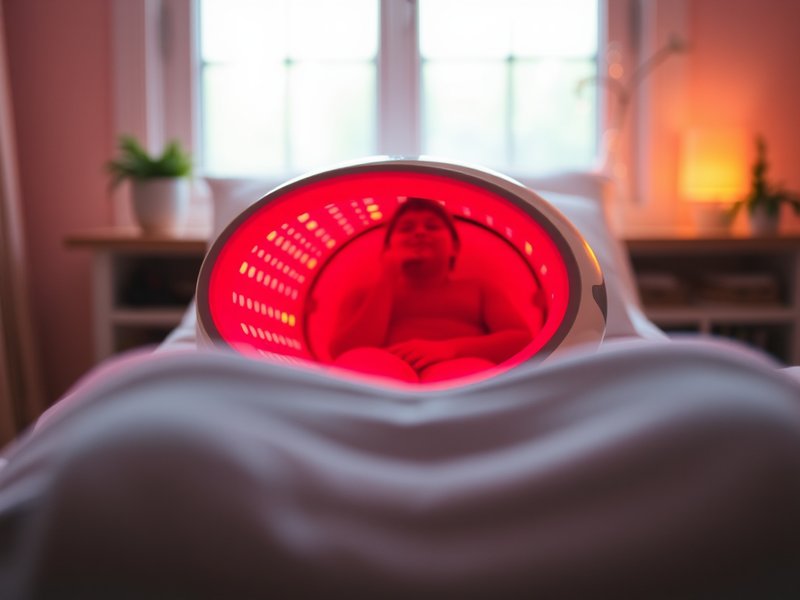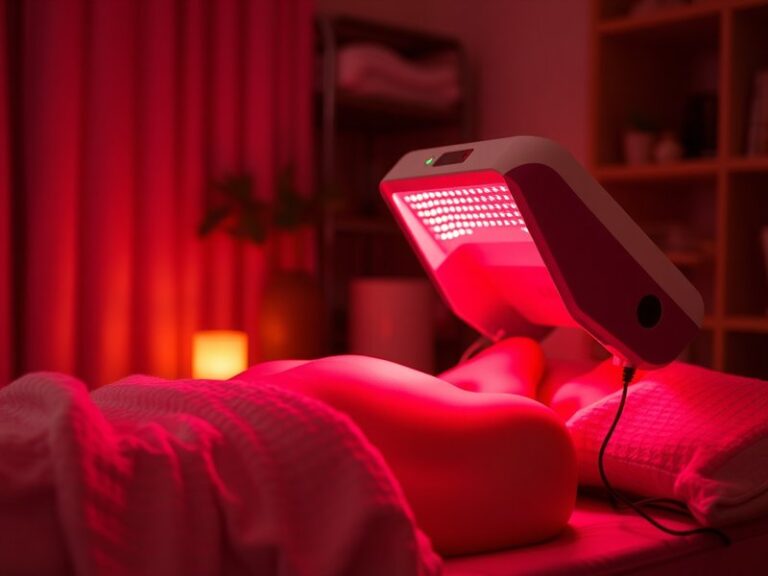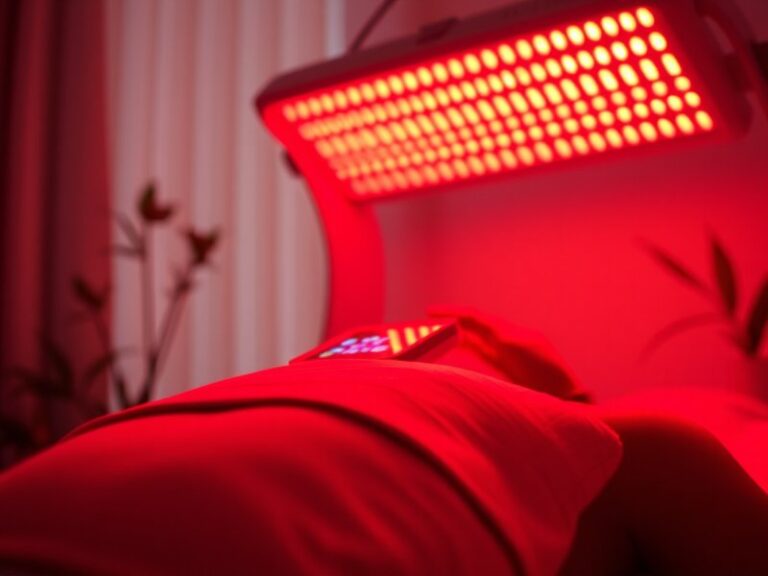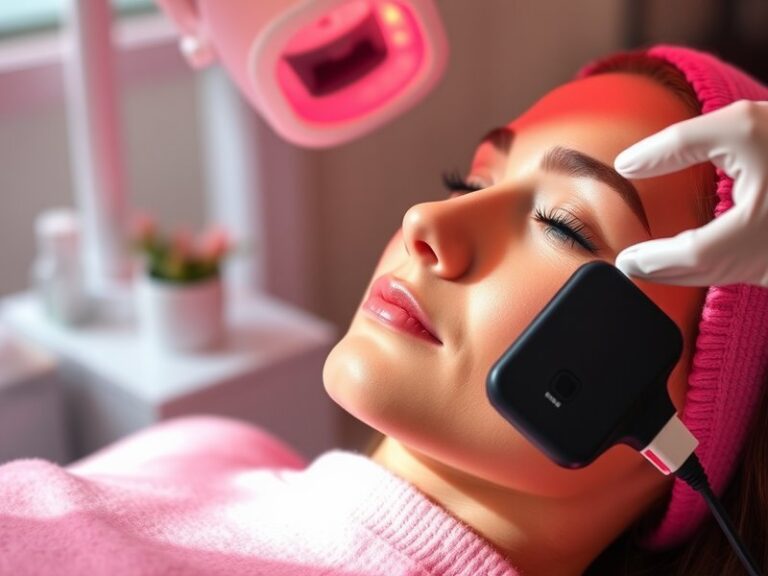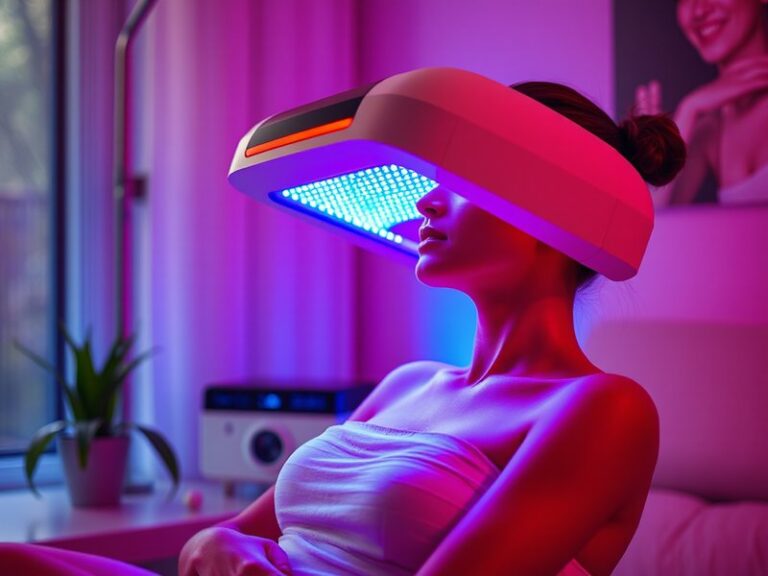Does Red Light Therapy Make You Poop?
Does Red Light Therapy Make You Poop?
Have you ever wondered if red light therapy has more effects on the body than just skin rejuvenation?
In this article, we will explore the intriguing question of whether red light therapy can influence bowel movements. We’ll cover what red light therapy is, its intended benefits, the potential impact it may have on digestive health, and any relevant considerations and alternatives.
Key Takeaways
- Red light therapy primarily promotes cellular repair and regeneration, with some anecdotal evidence of digestive benefits.
- While there is limited scientific research directly linking red light therapy to increased bowel movements, some users report improved digestion.
- It’s essential to consider individual responses and consult healthcare professionals before incorporating it for digestive purposes.
What is Red Light Therapy?
Red light therapy (RLT) is a non-invasive treatment that uses low-wavelength red light to promote healing and stimulate cellular processes. Originally developed for its application in wound healing and pain relief, RLT is now widely used for skin rejuvenation, reducing inflammation, and enhancing overall cellular function.
The red light penetrates the skin and interacts with the cells, specifically affecting mitochondria to increase ATP production, which is vital for cell energy and repair. As a result, RLT is credited with various health benefits, including improved skin tone, faster recovery from injuries, and reduced inflammation.
What are the Benefits of Red Light Therapy?
Red light therapy comes with several potential advantages. Below, we explore some of the key benefits:
Skin Rejuvenation
RLT is renowned for its ability to boost collagen production, reducing wrinkles, and improving overall skin texture. Many users report a visible improvement in their skin’s appearance after regular treatments.
Pain Relief
Studies suggest that RLT can reduce inflammation and provide relief from chronic pain conditions, such as arthritis and muscle soreness. This pain-relieving effect can positively influence overall well-being and activity levels.
Improved Muscle Recovery
Athletes frequently utilize red light therapy to speed up muscle recovery post-exercise. By enhancing circulation and reducing inflammation, RLT helps athletes get back into training more quickly.
Enhanced Mood and Sleep Quality
Some users find that red light therapy can help improve mood and regulate sleep patterns, thanks to its positive impact on circadian rhythms and reduced stress levels.
Is it Possible to Poop More Due to Red Light Therapy?
While there is no concrete scientific evidence to suggest that red light therapy directly increases bowel movements, some people report experiencing more regular digestive health after using the therapy.
What are the Advantages of Increased Bowel Movements?
Improved digestive health can lead to several benefits:
Get the full rundown in Calories Burned in Red Light Therapy
Enhanced Nutrient Absorption
Regular bowel movements can improve overall digestive efficiency, ensuring nutrients are properly absorbed from food.
Reduced Discomfort
Consistent bowel movements can help alleviate bloating and discomfort often associated with digestive issues.
Increased Energy Levels
A healthy digestive system contributes to overall energy levels, as the body effectively processes and utilizes nutrients.
What are the Things to Consider Before Using Red Light Therapy?
Before incorporating red light therapy for any purpose, particularly for digestive health, consider the following:
See the full article Can Red Light Therapy Help Vertigo?
Consult Your Healthcare Provider
Always discuss with a healthcare professional before starting any new therapy, especially if you have underlying health conditions or are on medication.
Individual Reactions Vary
Responses to red light therapy can vary greatly from person to person. What works for one individual may not have the same effect on another.
Quality of Equipment
Ensure that you are using reputable devices designed for red light therapy. The effectiveness can significantly depend on the quality and specifications of the equipment.
What are the Alternatives to Red Light Therapy for Digestive Health?
If red light therapy does not seem like the right fit, consider these alternatives for improving digestive health:
Dietary Adjustments
Consuming a balanced diet rich in fiber, fruits, and vegetables can significantly improve digestion and regularity.
Exercise
Regular physical activity is essential for maintaining a healthy digestive system, as it promotes regular bowel movements.
Probiotics
Incorporating probiotic supplements or foods into your diet can support a healthy gut microbiome, enhancing overall digestive health.
Conclusion: Is it Recommended to Use Red Light Therapy for Digestion?
In conclusion, while red light therapy has a range of documented benefits primarily focused on skin health and pain relief, its effect on bowel movements remains anecdotal and largely unproven. As with any health treatment, individuals should assess their needs and consult with healthcare professionals before pursuing red light therapy specifically for digestive issues.
Frequently Asked Questions
Can red light therapy help with chronic constipation?
While there are personal anecdotes suggesting some improvement, scientific evidence does not conclusively support red light therapy as a treatment for chronic constipation.
How often should I undergo red light therapy?
For general benefits, many users opt for treatments 2-3 times a week; however, individual preferences and specific health goals should guide frequency.
Are there any side effects associated with red light therapy?
RLT is generally considered safe with minimal side effects, but it’s crucial to follow manufacturer guidelines and consult a healthcare provider for personal advice.
Can I perform red light therapy at home?
Yes, there are many at-home devices available, but ensure that they are reputable and designed for therapeutic use to maximize effectiveness.
